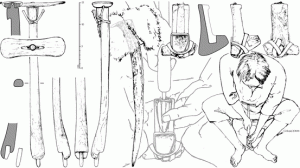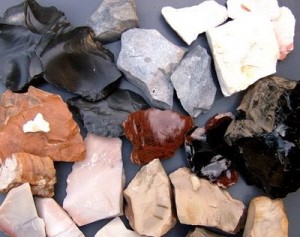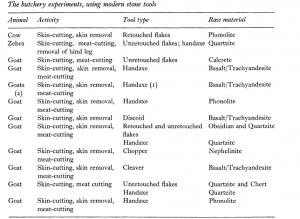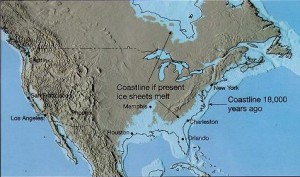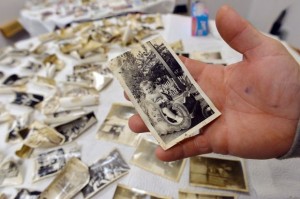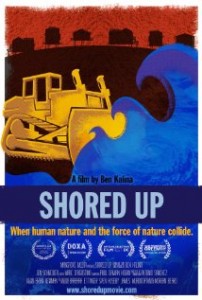Punk Archaeology entails the creative use of artifacts and sites to break out of established modes of thought to promote new ways of thinking. Andrew Reinhard, the lead archaeologist in the Atari dig, describes Punk archeology as “the history of places affiliated with Punk music and culture. It also means that as archaeologists, we apply Punk’s do-it-yourself aesthetic to our science. Punk also engages the community and finds ways to work either within or around constraints such as money and time, using those restrictions to our advantage creatively.”There is continuous debate however, over the efficiency of this practice of archeology and why punk archaeology may or may not succeed in challenging established modes of thought.
When looking at the Atari excavations done in New Mexico by a team of punk archaeologists, it is hard not to wonder whether encountering and presenting the buried games as archaeological artifacts had the effect of providing some distance from the familiar and opening these objects up to new forms of critique. While archaeological investigation is in many ways about solving ancient “mysteries” archaeology is, first and foremost, a social science that uses various methodologies, careful accumulation and analysis of data, and scientific method. One of the first cons of the use of Punk archeology is the mass media that it attracts that creates a negative effect on the discoveries made. To clarify, when looking at the Atari dig done in New Mexico, some saw it as merely a publicity stunt and “claim to fame.” Instead of focusing on the actual science being done, such as the exposing of the stratigraphy of the landfill to determine the interplay between domestic trash and dumped Atari products, the project was largely dependent on the overarching story and schedule of the director…not the scientists. The scientists in this project can be viewed as props in “archeology theatre” and just parts of the documentary, not the main focus. This can also cause a lot of what is discovered to be twisted just to be made more appealing to the public. Punk archeology can often lead to forms of pseudoarcheology whereas things such as aliens walking the earth are studied. While some may argue that public attention is good for breaking established thought, putting archeology on a global stage can be detrimental and making it all seem like a big joke.
Punk archaeology can also be seen as a tool that encourages us to approach the familiar in unconventional ways. It complements conventional archaeology which likewise provides a distance for critically understanding objects from the past, but in most cases these objects are already unfamiliar to the modern viewer. Punk archeology can make these objects understandable and relevant to public viewers. In the example of the Atari dig-up, it gave archeology profile and capital while also offering a look into corporate history. Some of what was dug up in this finding became museum artifacts and part of a life history visible to the public eye. Punk archaeology is not only a source of entertaining websites and goofy TV shows, it can be used in much more powerful way to influence modern ideas about the past and the present. It channels the public into learning a great deal about our more recent past and how modern thinking has informed and is informed by ancient history.

